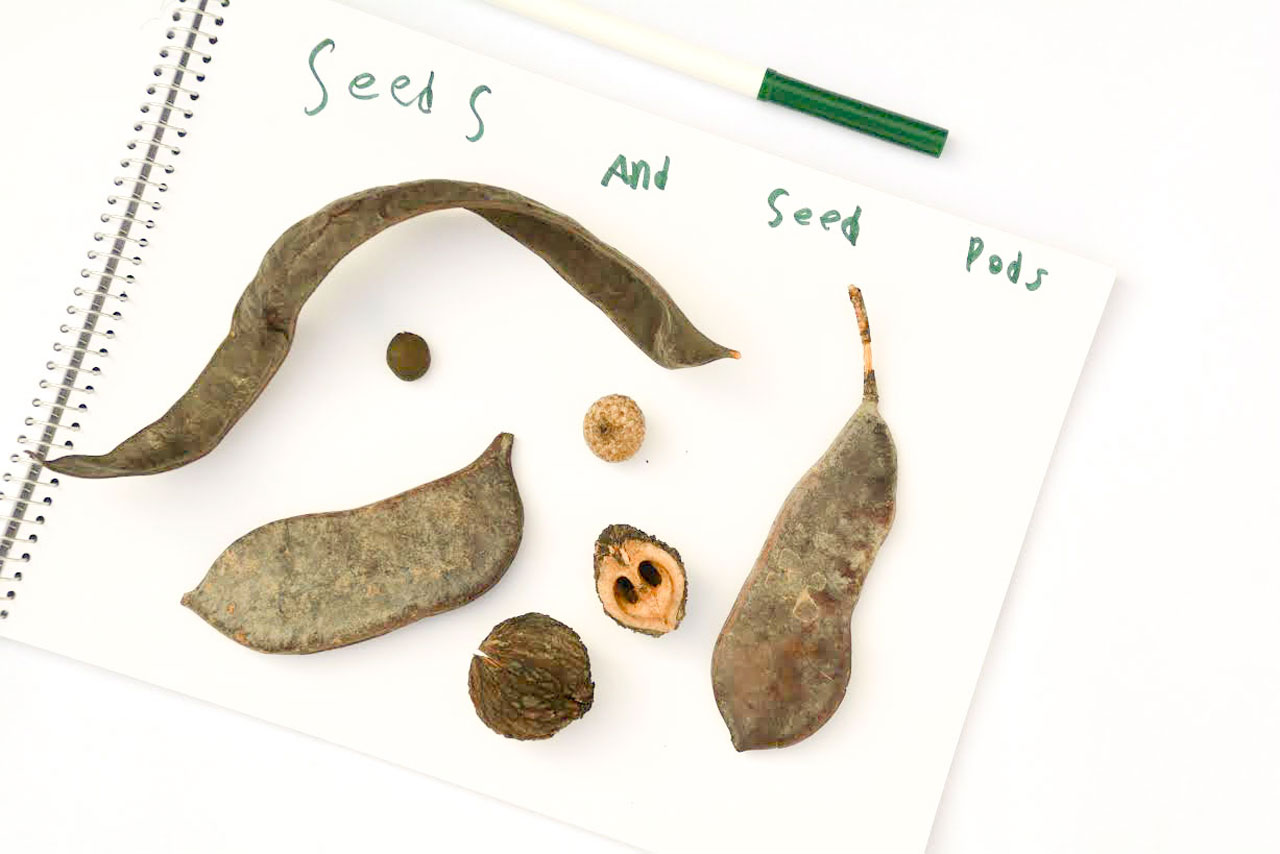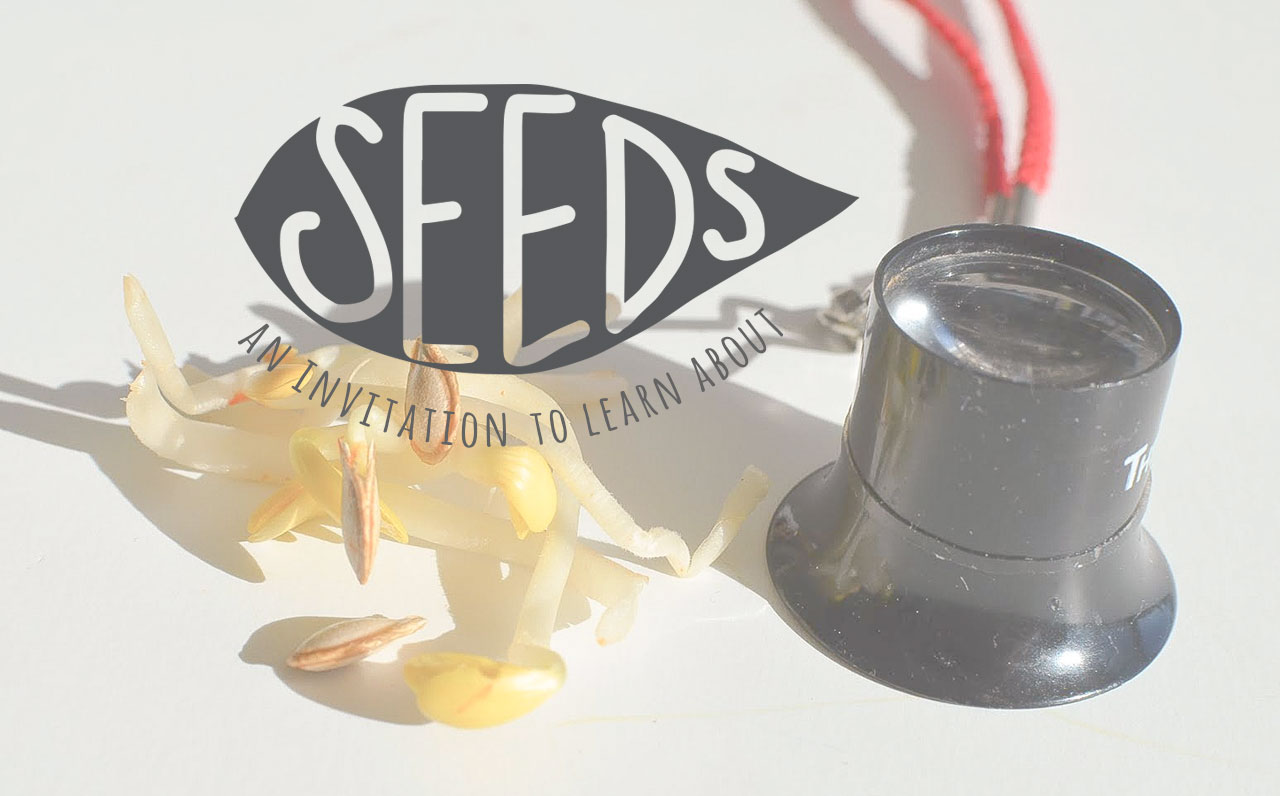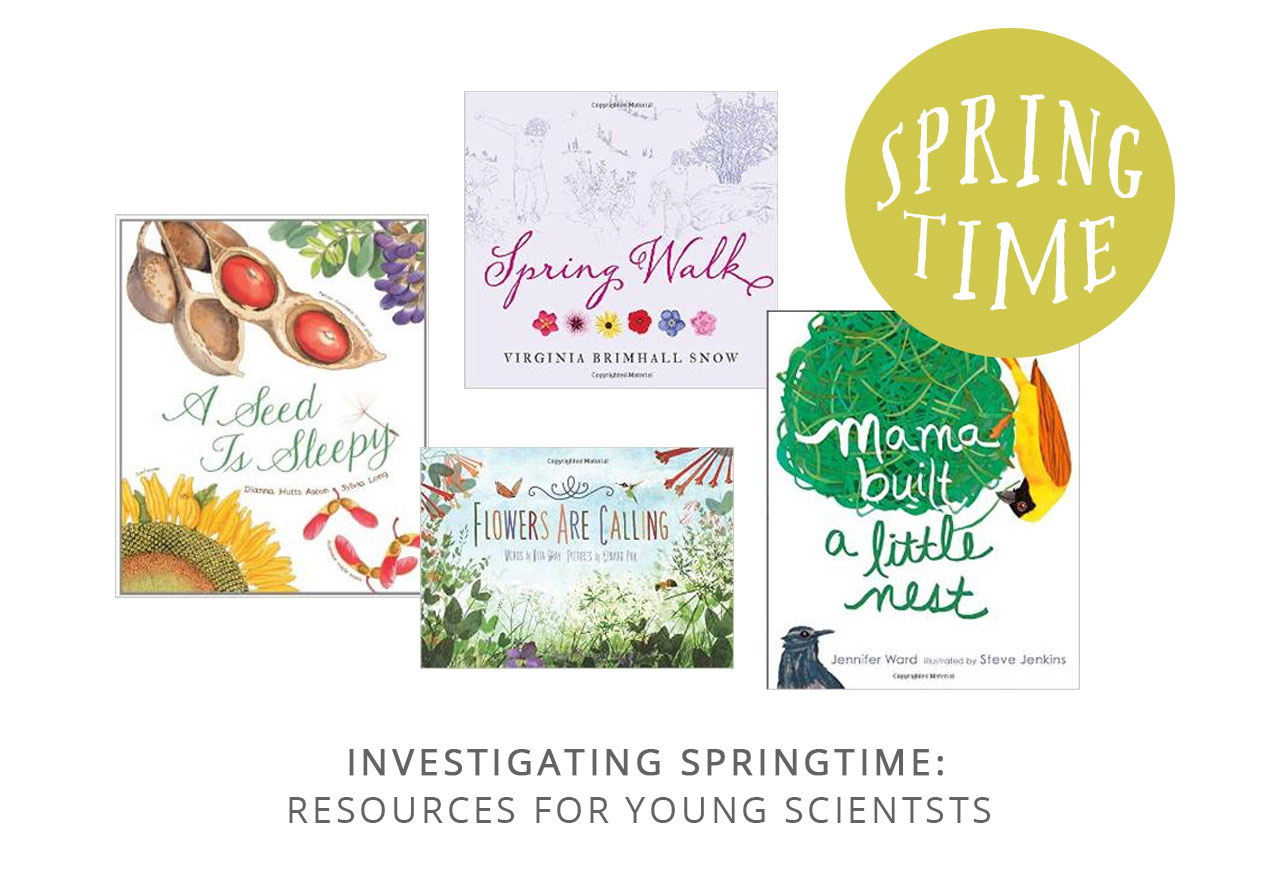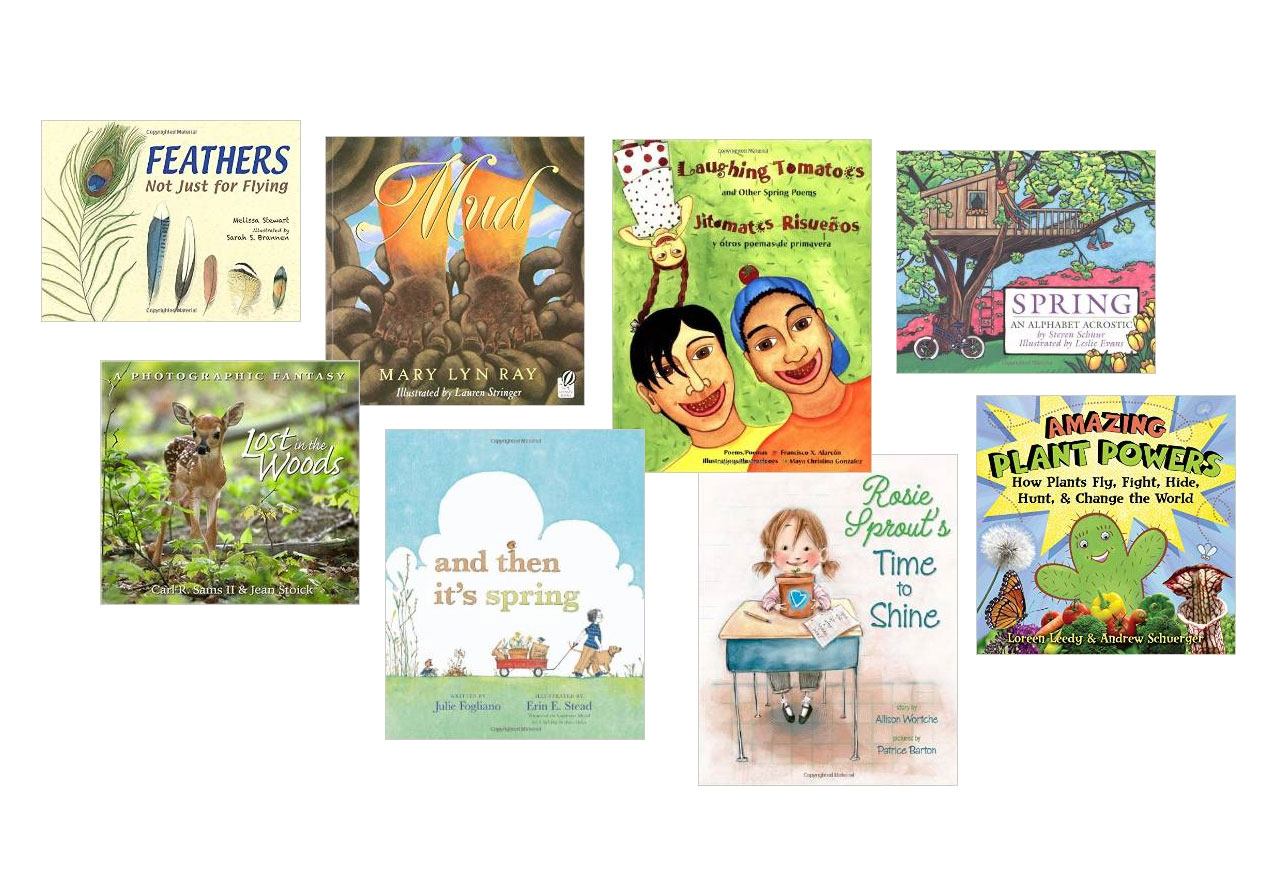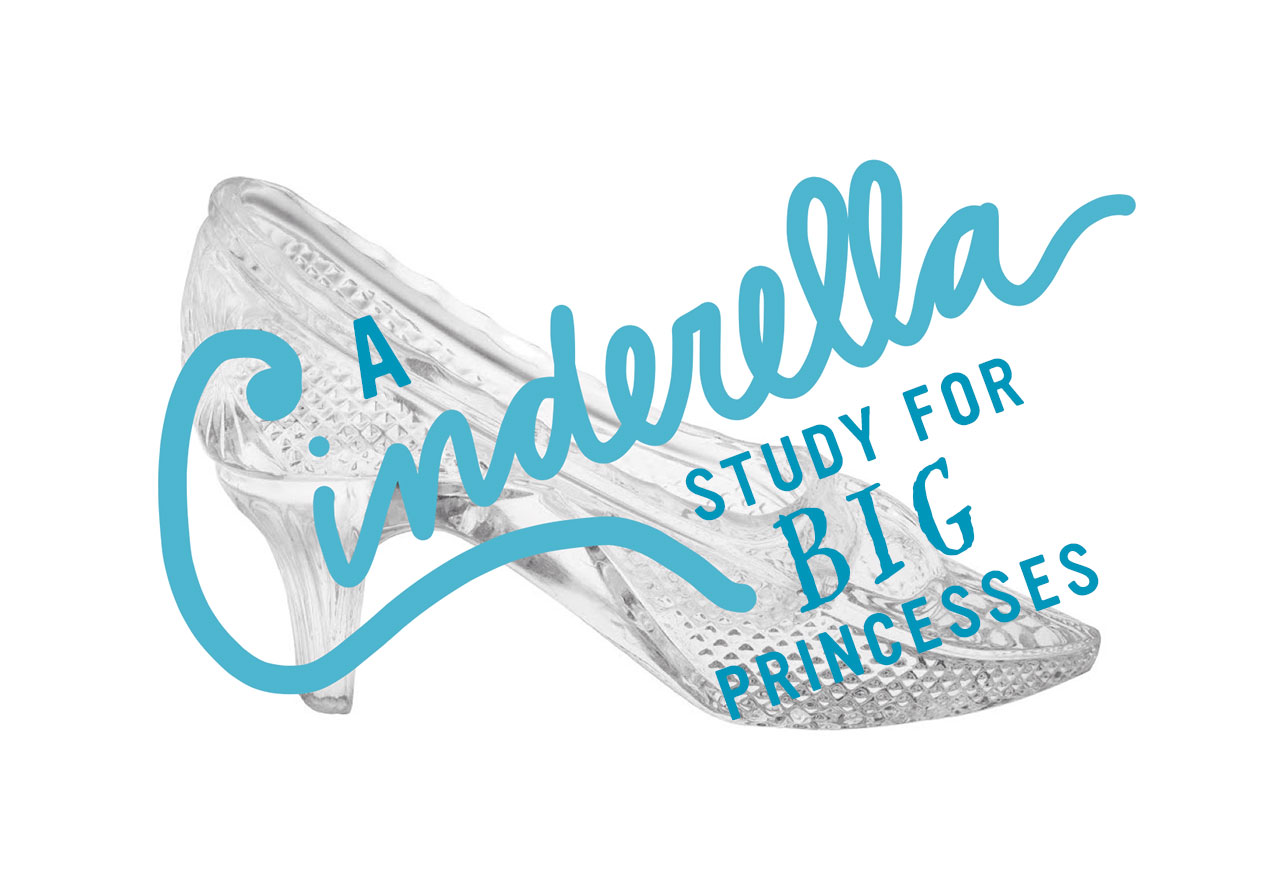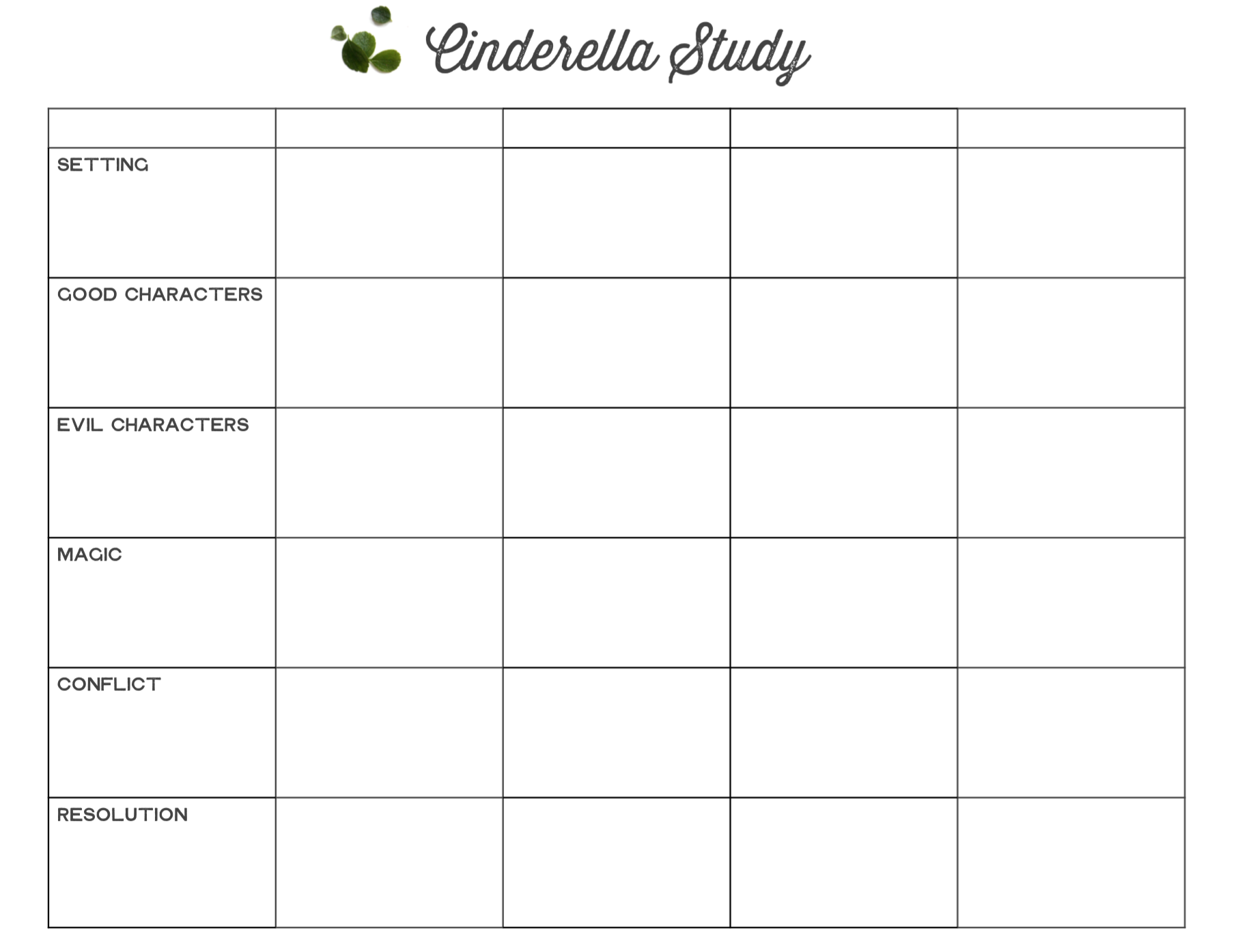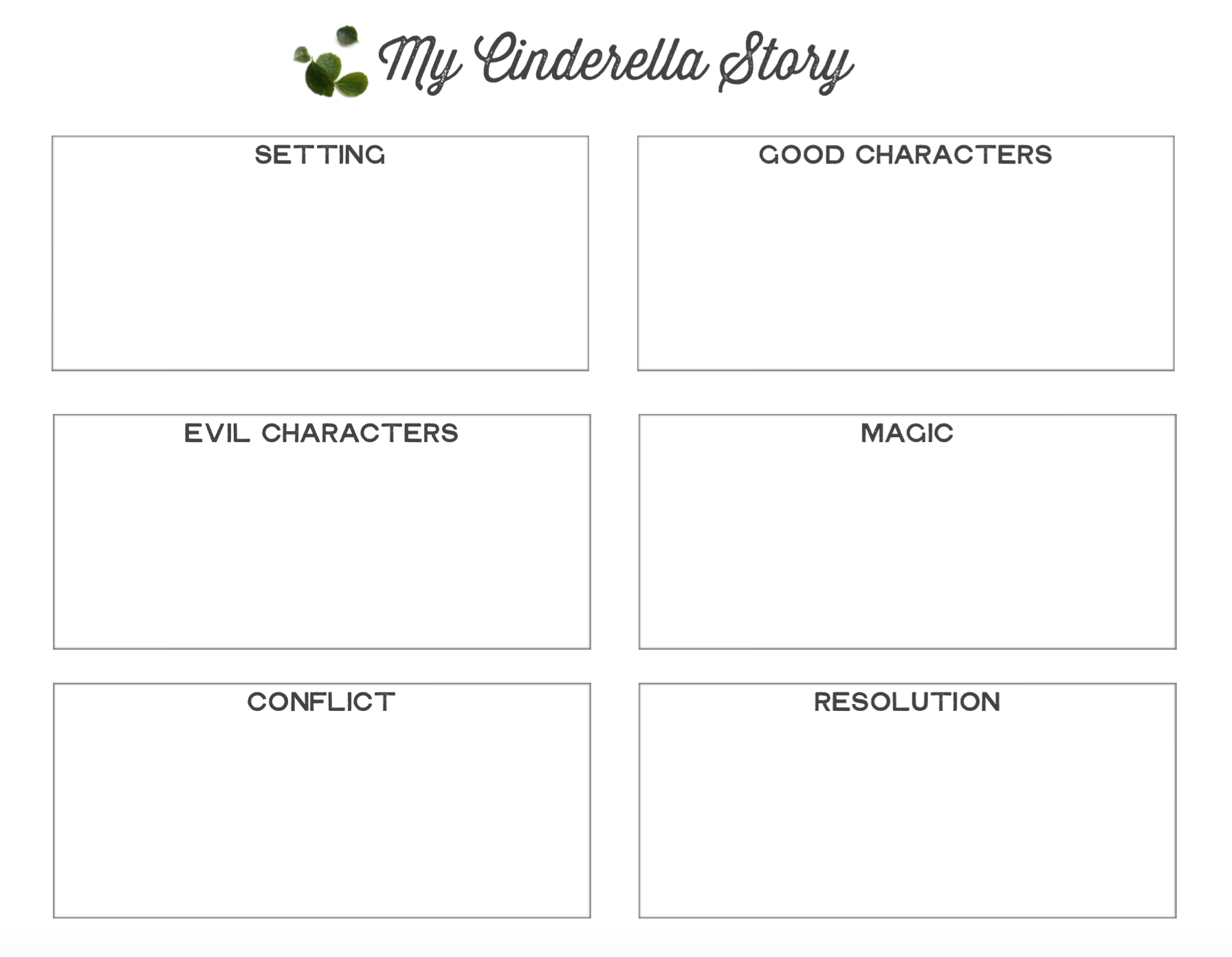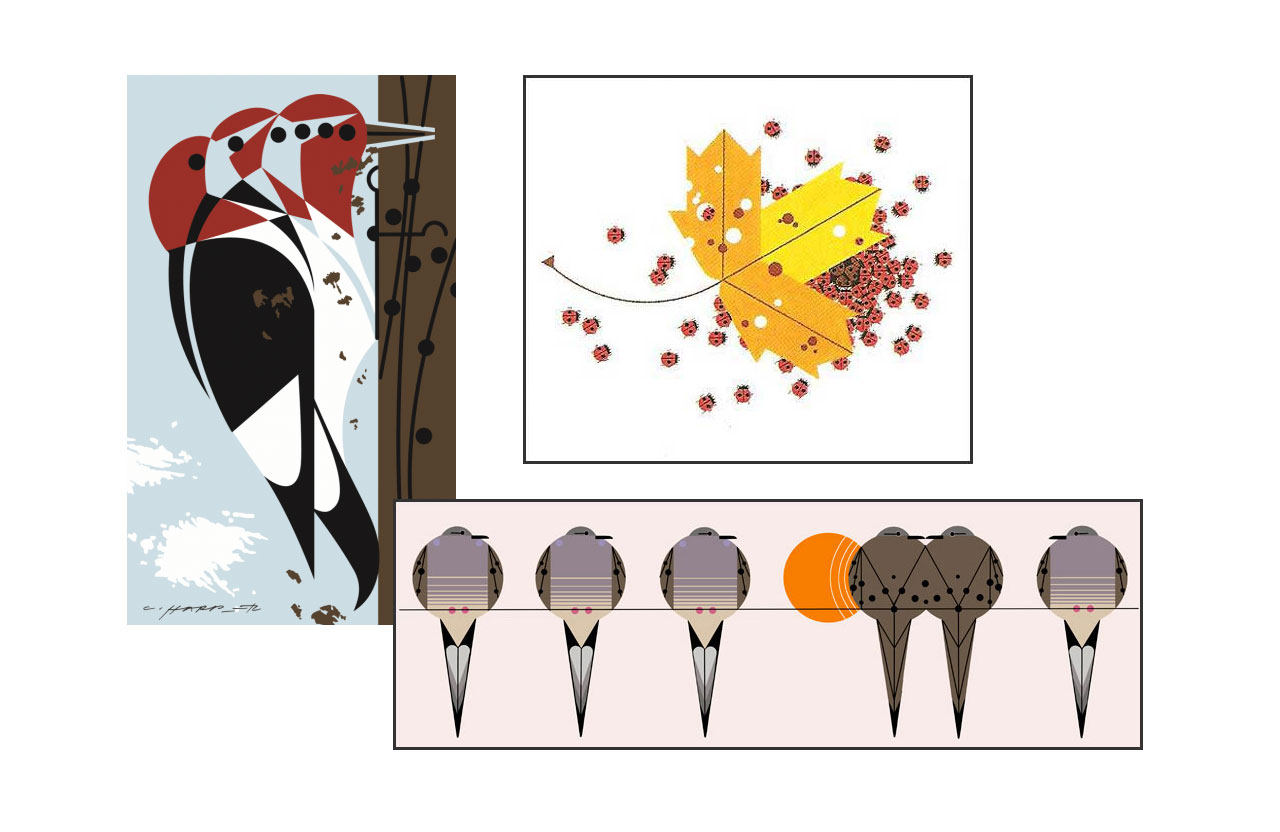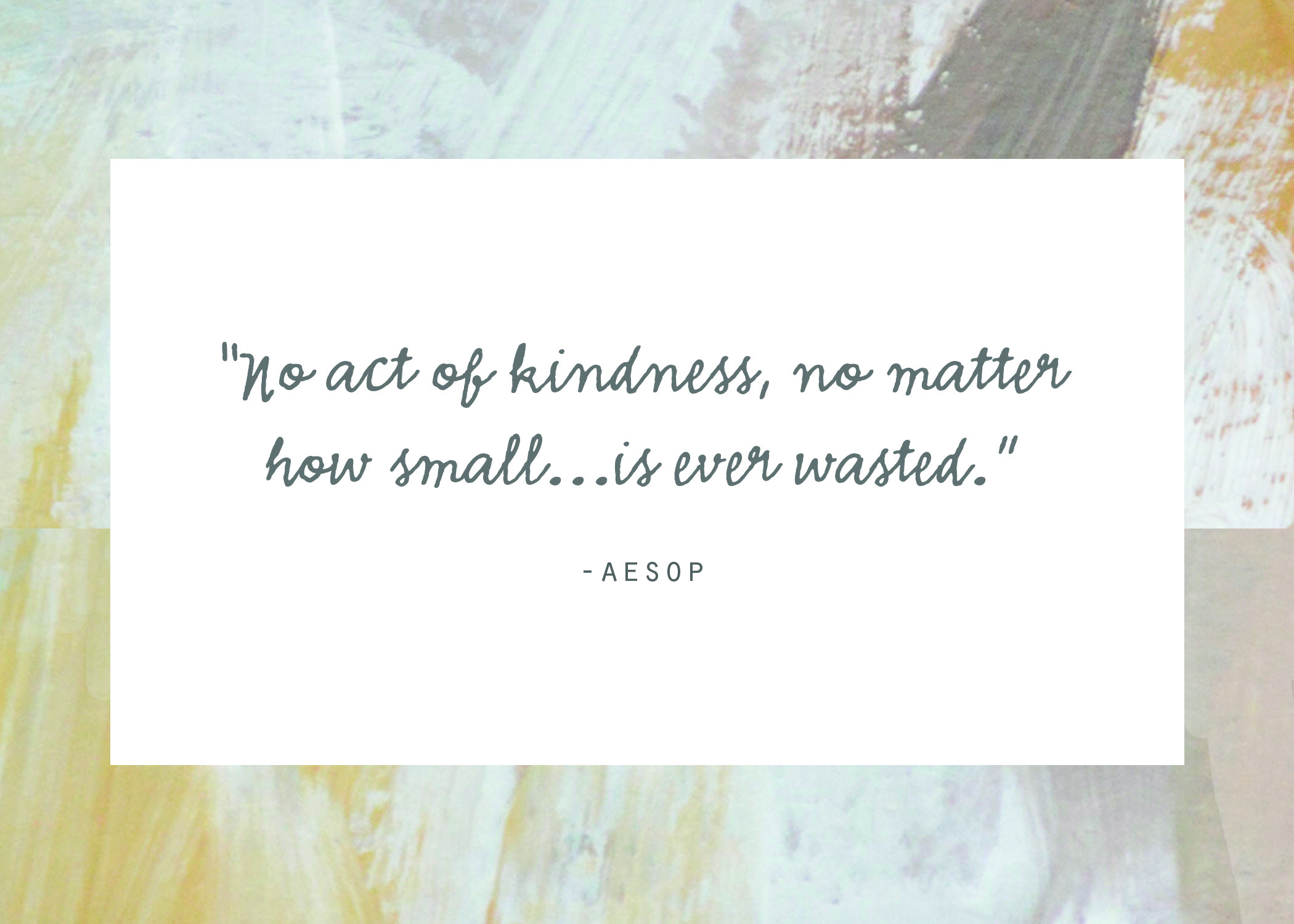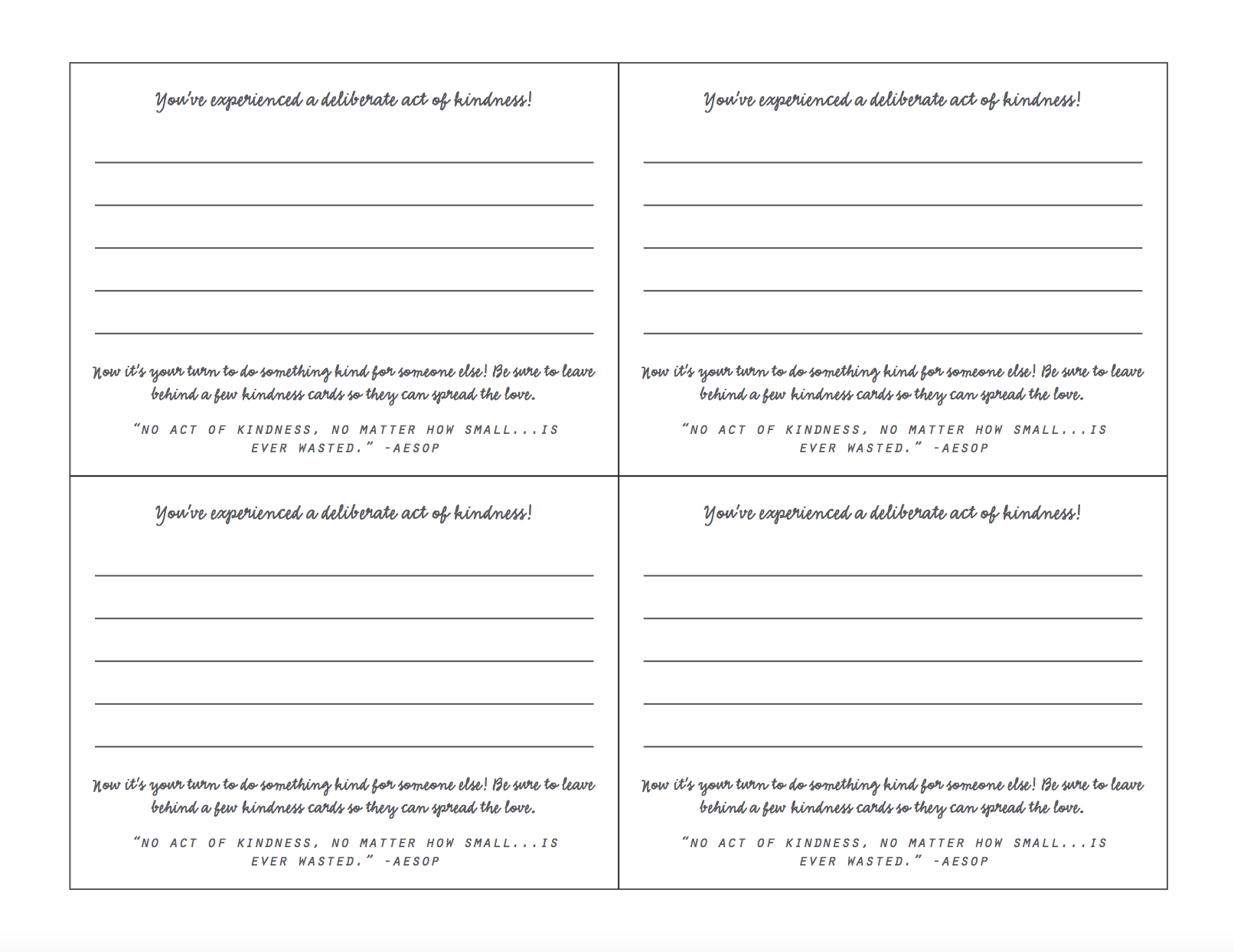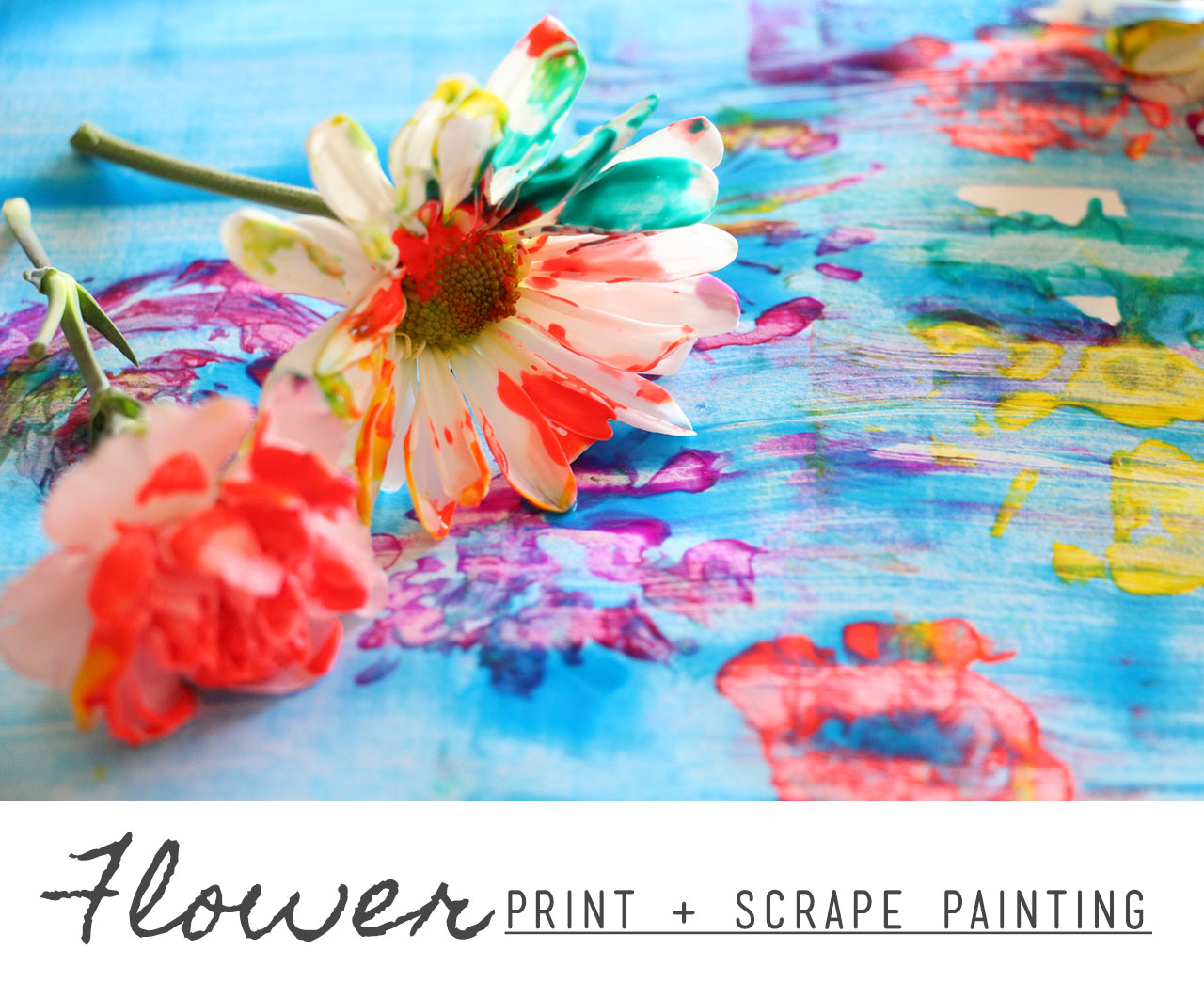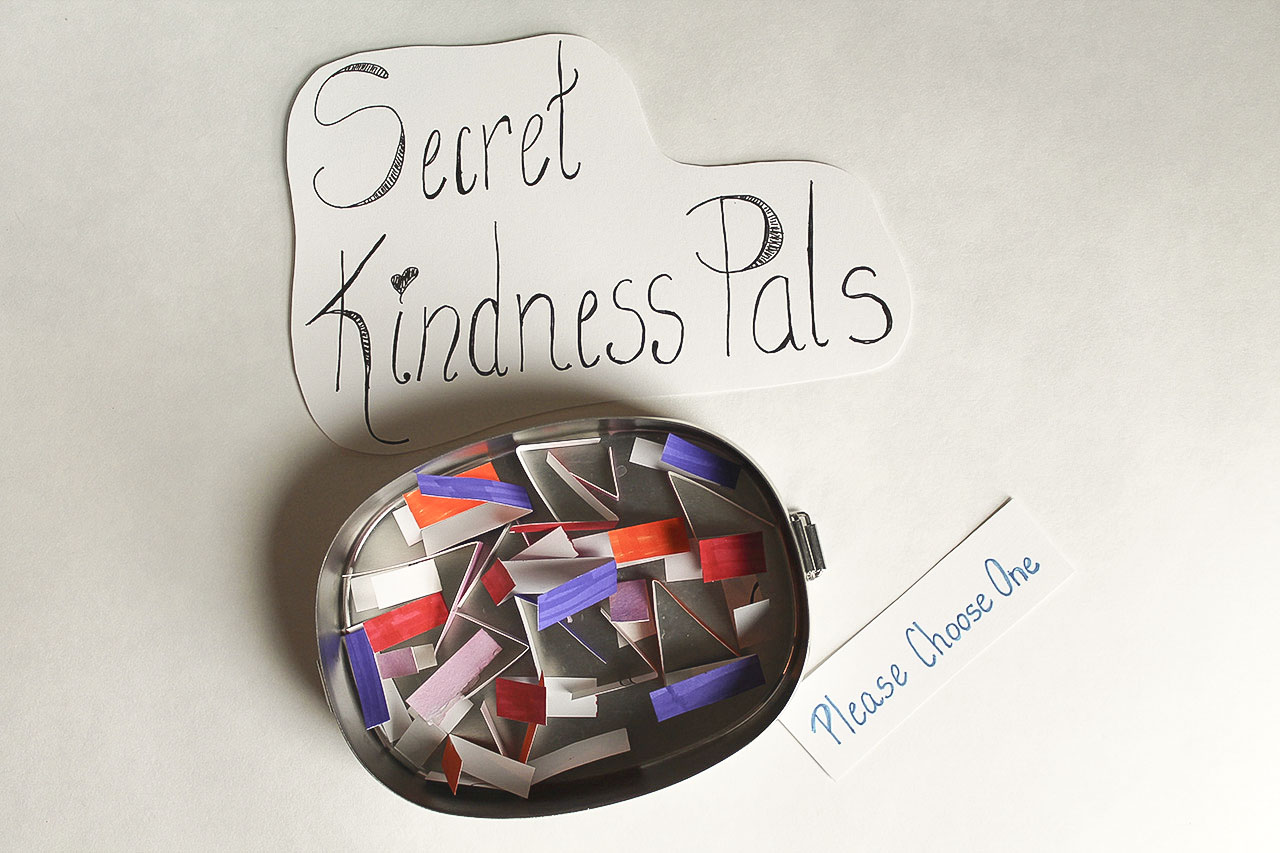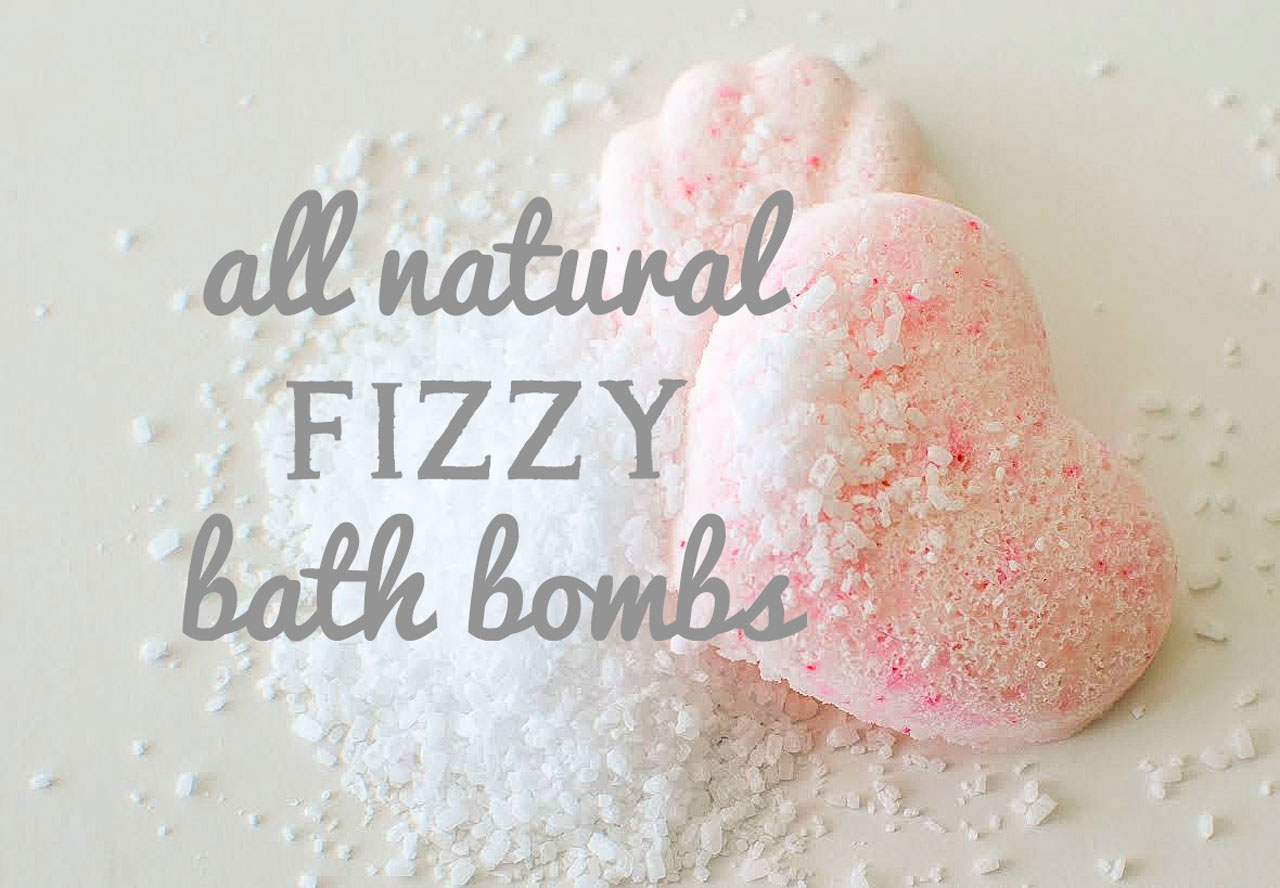Author Focus: Keri Smith
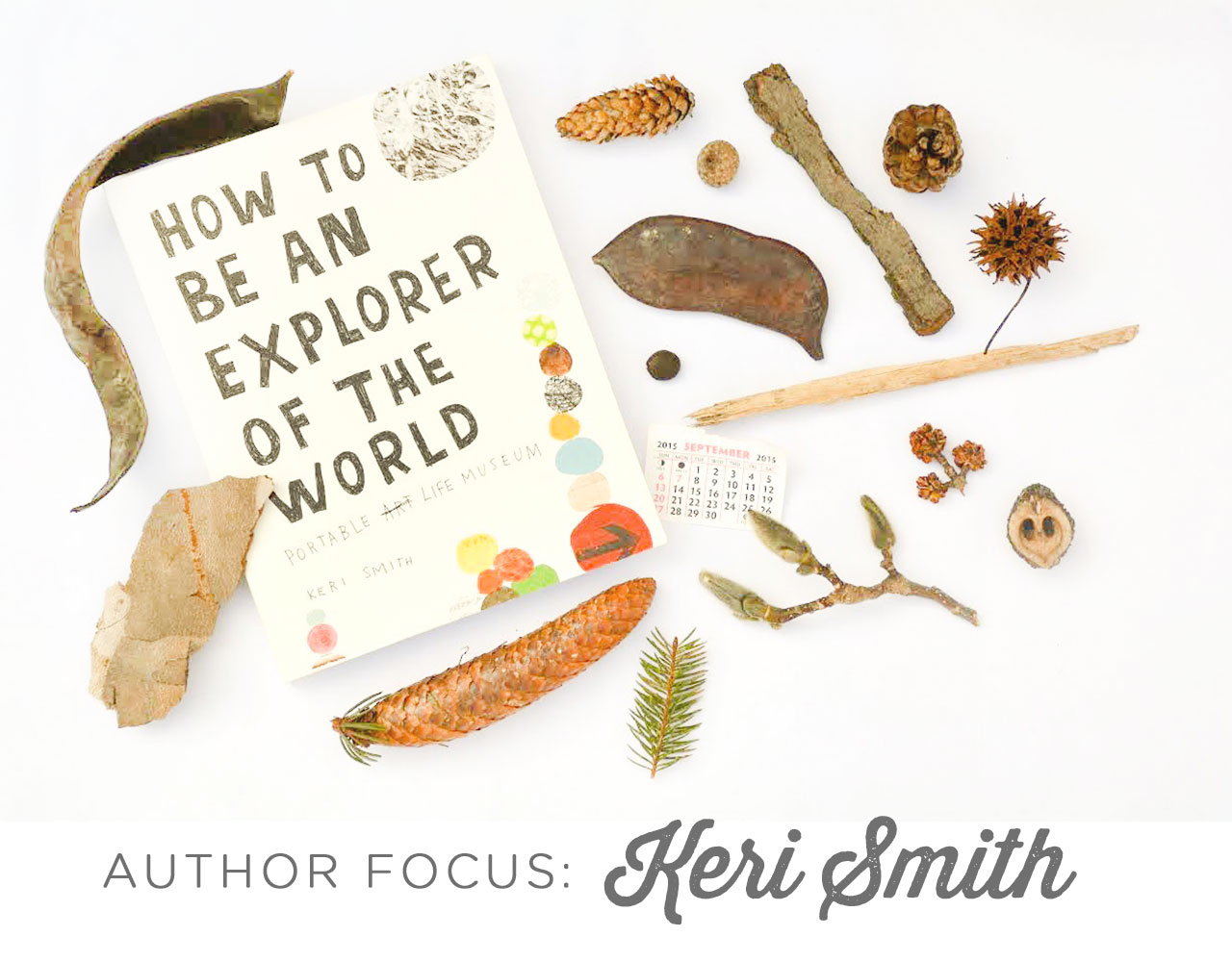 For the past three weeks, my daughters have been asking me “How many more days until spring?” The Midwest winter was long this year, so my girls know that spring means sunshine, warmer weather, bike rides, park play dates and long strolls around the neighborhood.
For the past three weeks, my daughters have been asking me “How many more days until spring?” The Midwest winter was long this year, so my girls know that spring means sunshine, warmer weather, bike rides, park play dates and long strolls around the neighborhood.
If your children, or students, are anything like mine, they love to collect things on those lazy day walks. We can’t get down the block without picking up at least a handful of leaves, acorns, rocks, and sticks. Our strollers, bike baskets and pockets become filled to the brim with tiny treasures. So to honor my little collectors, and the first full weekend of spring, we grabbed a few plastic bags, pencils, a notebook, a camera and Keri Smith’s book How to Be an Explorer of the World before we set off in the direction of our nearest park.
Now some of you may be asking, who is Keri Smith? On her website, the Canadian born Smith describes herself as an author/illustrator turned guerrilla artist. My teaching partner introduced me to her a few years ago, and I immediately bought Wreck This Journal (2007), which is arguably her best-known book. In it, Keri plays with the idea that imperfections are merely a part of the creative process. Imperfections are what make each artist’s work unique. She encourages the reader to let go of any inhibitions and do things outside of her comfort zone. The reader is told to tear pages out, color outside of the lines, and scribble wildly. This book will remind you that creativity is about the journey and not always the end product.
In a November 2014 interview with Time magazine Keri said, “What I’m doing is trying to get kids to pay attention, to look at the physical world more, and to question everything.” On the initial pages of How to Be an Explorer of the World (2008), Keri does just that. She urges us to always be looking and to notice the ground beneath our feet. I love that one simple idea. So as my daughters and I began our walk this afternoon, I told them that we were going to go a bit slower today and look for things that we haven’t noticed before. Of course we would still collect any interesting objects we found during our exploration and then go home and observe them more closely. My six-year-old was looking forward to documenting her findings in a notebook and using her microscope to observe things more carefully.
Before we reached the park, our collection included natural items such as a piece of bark, several pine cones, and a few different kinds of seedpods. However we also found some man made items like a page off a very small calendar and a curious piece of green string. We probably wouldn’t have picked them up had we not been noticing everything beneath our feet. Both discoveries surely had stories attached to them, and I knew this would be a starting point for another day’s activity.
It took us twice as long to reach the park. We stopped often, looked closer, observed longer, and talked more. Inevitably one of us would say something like, “I never noticed that hole in the tree before” or “Did you see those tiny white flowers growing up from the grass?”
When we returned home, I let my children’s interest level and desires drive what came next. Of course my six-year-old thought we should go around the circle and share what we discovered on our walk. She started by telling us: 1) what she found (and named it if she was able to), 2) described what the object looked like, 3) told us what the object reminded her of, and 4) shared why she liked the object or why she chose it for our collection. This is about the time that my four-year-old decided that she preferred to go inside and play. The process of collection was enough for her, and I respected her wish to change direction.
But my older daughter wanted to continue the exploration. She started out by making a list of what we found. Then our conversation was drawn towards discussing similarities and differences between the objects, which then led to sorting things into categories and labeling them. We decided to put everything into a box so that she can observe them again on another day. Tomorrow, I will show her how to carefully draw the objects and notice minute details that she didn’t notice today. I will encourage her to document colors and textures and ask questions. We may use the Experience Documentation Log or the Object Documentation Log at the back of Keri’s book. We might just create our own logs.
As you experiment with How to Be an Explorer of the World, I recommend trying all of the explorations, in any order, but here are the ones my daughters and I have at the top of our list:
- Exploration #1 – Right Where You Are Sitting
- Exploration #5 – The First Thing You See
- Exploration #14 – Sound Map
- Exploration #46 – Found Patterns
- Exploration #54 – The Language of Trees
Be sure to check out more of these resources as you explore the ground beneath your feet!
Find Keri Smith’s website here.
More Books by Keri Smith…
- The Imaginary World Of (your name here)
- Wreck This Journal
- Wreck This Journal Everywhere
- Everything is Connected (Reimagining the World One Postcard at a Time)
- The Pocket Scavenger
- Finish This Book
- Mess: The Manual of Accidents and Mistakes
- This is Not a Book
- How to Be an Explorer of the World
- The Guerilla Art Kit
* This post contains Amazon affiliate links.
